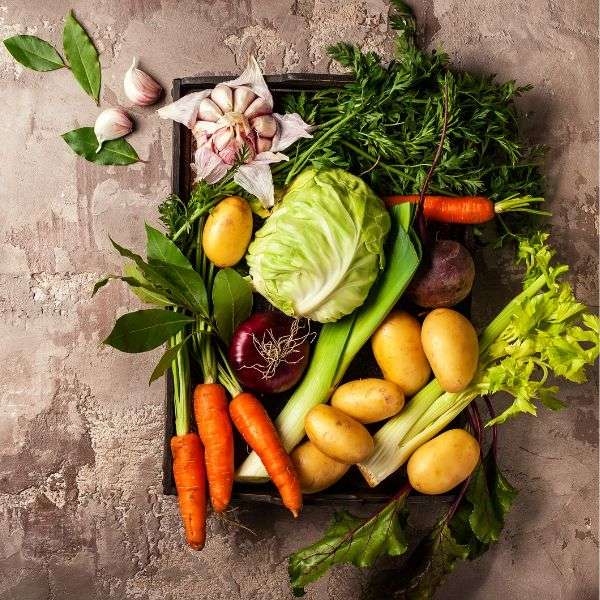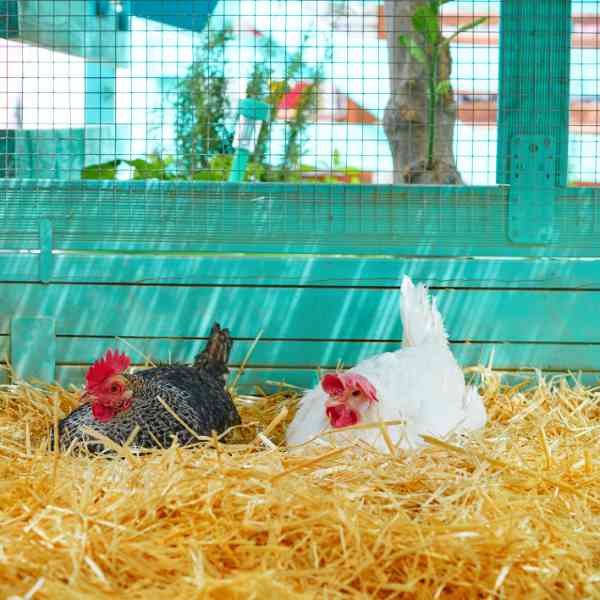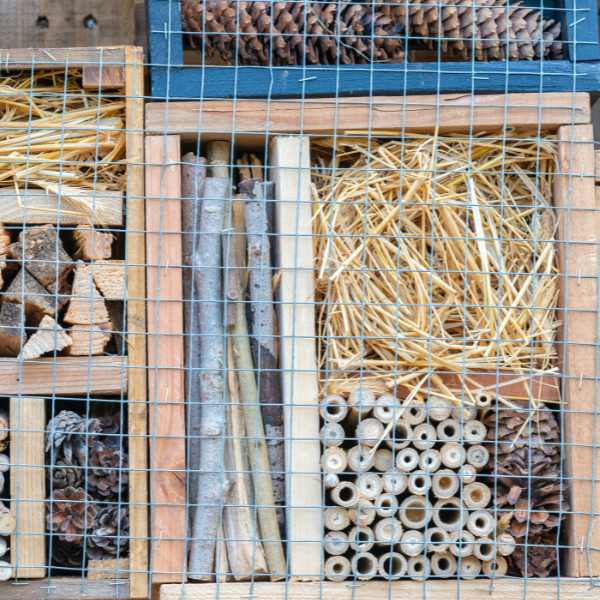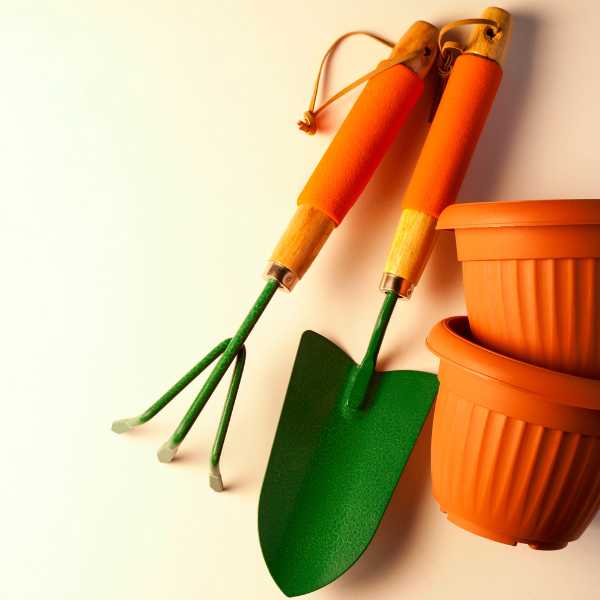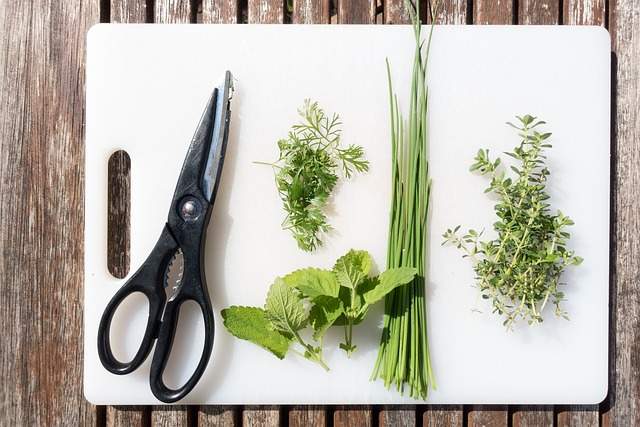And the beet goes on!

Beetroots are an easy crop to grow and are are brilliant space filler for those little gaps between other vegetables. You can roast, bake, fry and grate into salads. My current favourite is beetroot smoothies served in a wine glass!
They are packed with essential nutrients and are great source of fibre, and vitamins. Beets have been associated with numerous health benefits, including improved blood flow, lower blood pressure, and increased exercise performance. They contain unique antioxidants called betalains, which are currently being studied as a potential weapon in the fight against cancer.
Humans originally ate beetroot leaves leaving the root to be used in medicine. The large beet leaves and stalks were consumed like silverbeet, a close relative. With the onset of microgreens, beetroot leaves are once again highly desirable. The root part of the beet was cultivated for consumption in the 14th century. Its earliest form more closely resembled a parsnip rather than the bulbous shape we are now familiar with, which began appearing near the end of the 15th century.
In 1747 a chemist from Berlin, discovered a way to produce sucrose from beets. Today, around 20 percent of the world’s sugar comes from sugar beets. Beet sugar production requires 4 times less water than sugar cane production, making it an attractive crop for waterwise farming..
Beets have long been considered an aphrodisiac in many cultures. This folklore actually has a basis in reality. Beets are a natural source of tryptophan and betaine, both substances that promote a feeling of well-being. They also contain high amounts of boron, a trace mineral which increases the level of sex hormones in the human body. (Smoothie anyone?)
Beetroot is useful as a natural fabric dye creating a dusky pink colour and they can also be used to colour lips and cheeks for chemical free makeup.
Growing Advice
Beetroots have a big growing window:
Warm Areas: All Year
Temperate Areas: July – March
Cool to Cold Areas: September – February
Position-wise, beetroots aren’t too fussy. They will tolerate full sun to part shade and even do fairly well in dappled light under a deep-rooted tree. Beets grow beautifully in containers, especially the polystyrene fruit boxes you get from your green grocers… now that’s frugal.
Like most root vegies beetroots need a rich, well-drained soil, rich with organic matter like compost and manures. Drainage is the key so, if you’re faced with a heavy, clay soil, improve its structure with compost or consider putting in some raised beds.
Like carrots, beetroots tend to do best if planted from seed rather than seedlings. The seed itself is a weird looking “cluster” of a few true seeds in a corky coating. Unlike carrots though, these seeds will benefit from a soak in water overnight.
To plant the seeds, make a 2cm deep trench, and pop them in about 2cm apart. Cover the seeds lightly with seed raising mix or a fluffy compost. Keep the area damp, not soaking wet and in about two weeks your baby beets will appear.
You will probably find you need to thin them out. Do this by spreading and removing beets so that there are around 6 – 8cm between each beet plant. This will give them the personal space they need to grow.
The faster beetroot grows the tastier and more tender it will be. The key to this is feeding. At planting time, add in some organic chook-poo based pellets and follow this up fortnightly with a drink of a seaweed-based fertiliser as they contain everything needed for good healthy roots.
As with all root vegies, fertilisers high in nitrogen are unnecessary and totally counter-productive. Nitrogen puts on top leaf growth but does nothing for the roots beneath.
Water deeply and keep the soil around emerging seedlings damp. Regular watering will help keep the beets from going woody but don’t flood them.
Beetroot, as root vegies go, is one of the most obliging in terms of letting you know when it’s ready to harvest. This is because you can see beetroot crown above the soil surface. This makes it dead easy to assess the size of your beets and harvest when appropriate.
As a general guide beet grown from seed are ready to roll from about ten weeks onward, depending on the size of the beets required. Make sure you harvest them before they get too big – I generally remove mine before they are 6-7cm across, otherwise they can be tough and taste rubbish!
Beetroots are amazingly pest free especially in a diverse, well-monitored patch. The only thing that will really knock them for six is too much water at an early age. Really wet soil leads to what’s known as “damping off”, a highly technical term that explains why seedlings fail. Essentially, it’s a fungal disease that thrives in cold, wet soil, and picks on the weak and vulnerable, e.g., seeds and seedlings.

